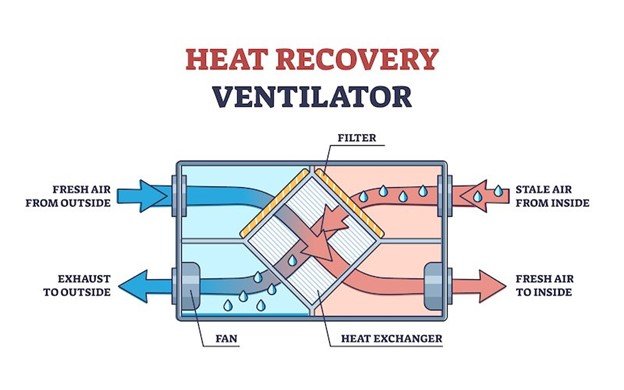
Impact of Eco-Conscious Living Series: Ventilation
Ventilation
In our last blog about indoor air quality (IAQ), we discussed what influences IAQ, what effects it has on humans and nature, and how to create healthier IAQ in your home.
As a recap, IAQ is measured by the quantity and type of pollutants in the air within a building. The pollutants that decrease the IAQ (make the quality worse) can be anything from biological pollutants such as mold and mildew, bacteria, dust or pollen, to carbon monoxide or volatile organic compounds (VOC’s)4. These pollutants can cause a wide variety of health problems for humans and animals, from mild skin irritations all the way to damaging internal organs and causing cancer.2,5
While ventilation is just one of the many factors that affect IAQ mentioned in our previous blog, it is a multifaceted topic and requires a deeper dive than we were able to give.
We’ve already established that healthy IAQ is important, but how does ventilation impact it and what are the current shortcomings of code-standard ventilation systems?
Firstly, IAQ can be 2-5 times more polluted than outdoor air quality6; therefore, it is vital to expel a greater quantity of indoor air and intake more outdoor air to increase a building’s overall IAQ.
However, not all ventilation systems are made equally. Often, with forced air-heating and traditional air-conditioning systems, the main method of ventilation is infiltration or purely natural ventilation (opening windows)3.
This is problematic, because there will not be a great enough flow of air to expel the polluted indoor air and the outdoor air comes into the building’s envelope untreated. While outdoor air is generally less polluted than indoor air, it would be counterproductive to bring in smoky, smoggy or pollen filled air, for example, and should still be filtered before entering the building.
When mechanical ventilation is installed in a simply code-standard building, the typical system must be manually turned on and off and doesn’t have the capacity for higher airflows or continual airflows. For this reason, conscious builders like TC Legend Homes go above and beyond the less-than-optimal code-standard systems and always uses a Heat Recovery Ventilator (HRV).
HRV units allow for continual filtered airflow. They are also capable of utilizing smart technology with sensors to detect CO2 and humidity within the house, allowing the system to automatically adjust air flow.
The humidity tracking and management is a huge advantage because it creates a more comfortable environment to people, pets and indoor plants alike and helps keep mold and mildew growth in check. On top of increasing airflow and managing humidity, the HRV also contains HEPA air filters to ensure the incoming air is stripped of as many pollutants as possible.
Of course, the extra benefit to these systems beyond increased IAQ is that they “recover up to 90% of the heat and contribute to an energy savings of up to 50%.”1
This means HRV systems save money by lowering the overall energy bill, as well as decrease the building’s carbon footprint by using energy more consciously resulting in less consumption of energy, fossil fuels and other precious materials.
In all, choosing the best ventilation system can mean creating a healthier home, as well as reducing your wasted energy consumption and having a lesser impact on the environment.
Interested in learning more? Check out EPA’s Indoor airPLUS program HERE

Sources:
1“Benefits.” Zehnder America, https://www.zehnderamerica.com/ventilation-benefits/. 2/14/22.
2“Biological Pollutants’ Impact on Indoor Air Quality.” United States Environmental Protection Agency (EPA), EPA.gov, https://www.epa.gov/indoor-air-quality-iaq/biological-pollutants-impact-indoor-air-quality. 2/10/2022.
3“Improving Indoor Air Quality.” United States Environmental Protection Agency (EPA), EPA.gov, https://www.epa.gov/indoor-air-quality-iaq/improving-indoor-air-quality. 4/14/2022.
4“Indoor Pollutants and Sources.” United States Environmental Protection Agency (EPA), EPA.gov, https://www.epa.gov/indoor-air-quality-iaq/indoor-pollutants-and-sources. 2/10/2022.
5“Volatile Organic Compounds’ Impact on Indoor Air Quality.” United States Environmental Protection Agency (EPA), EPA.gov, https://www.epa.gov/indoor-air-quality-iaq/volatile-organic-compounds-impact-indoor-air-quality. 2/10/2022.
6 Wallace, Lance A., et al. Total Exposure Assessment Methodology (TEAM) Study: Personal exposures, indoor-outdoor relationships, and breath levels of volatile organic compounds in New Jersey. Environ. Int. 1986, 12, 369-387. https://www.sciencedirect.com/science/article/pii/0160412086900516.
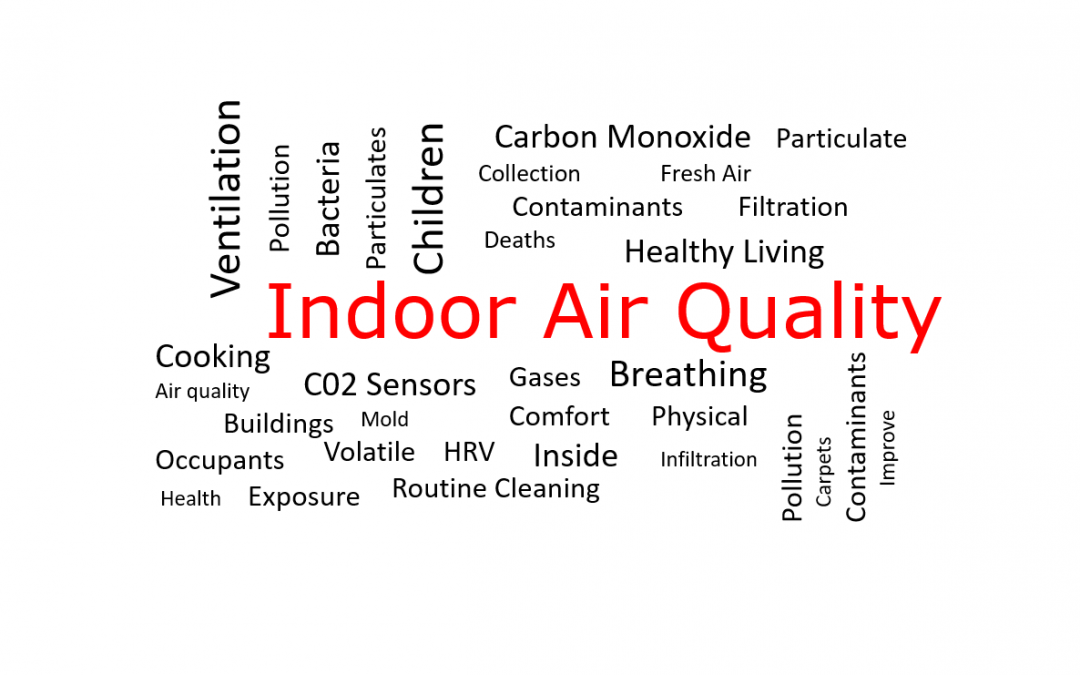
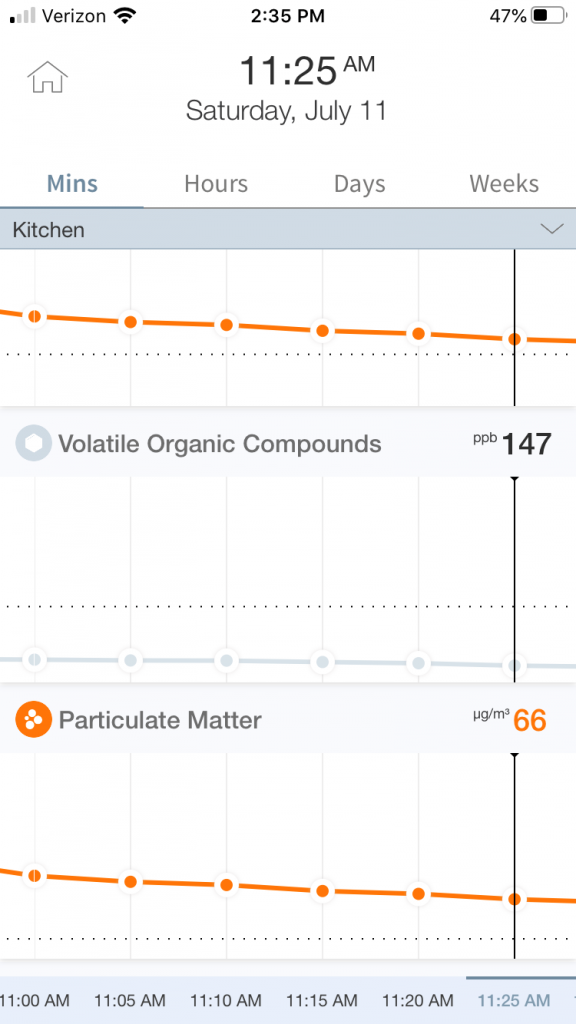
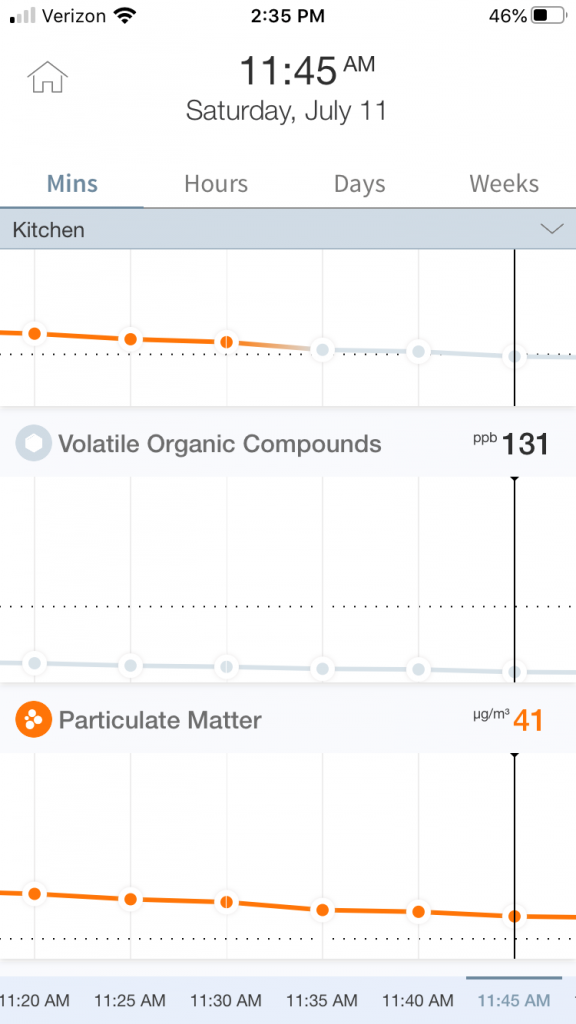
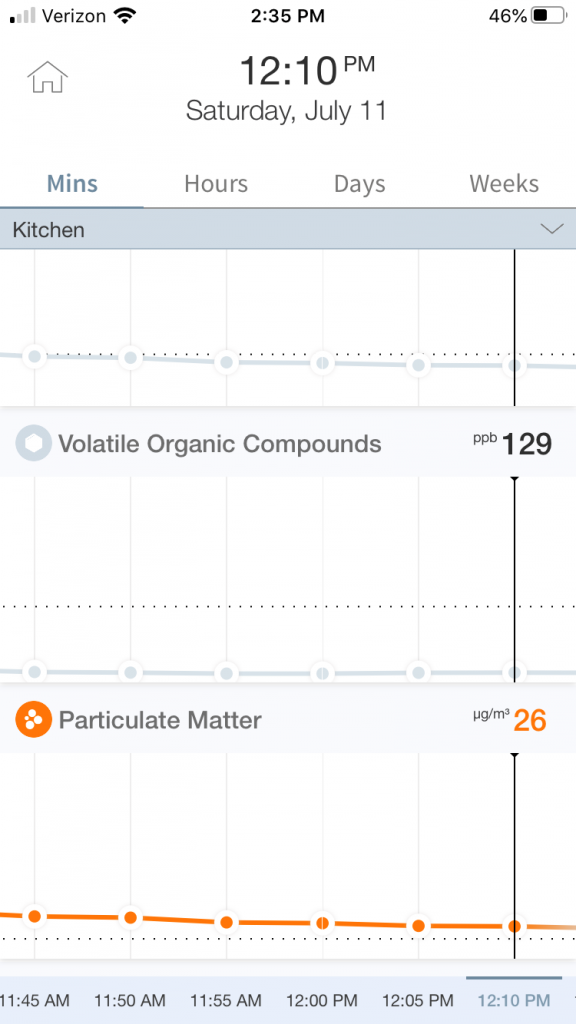
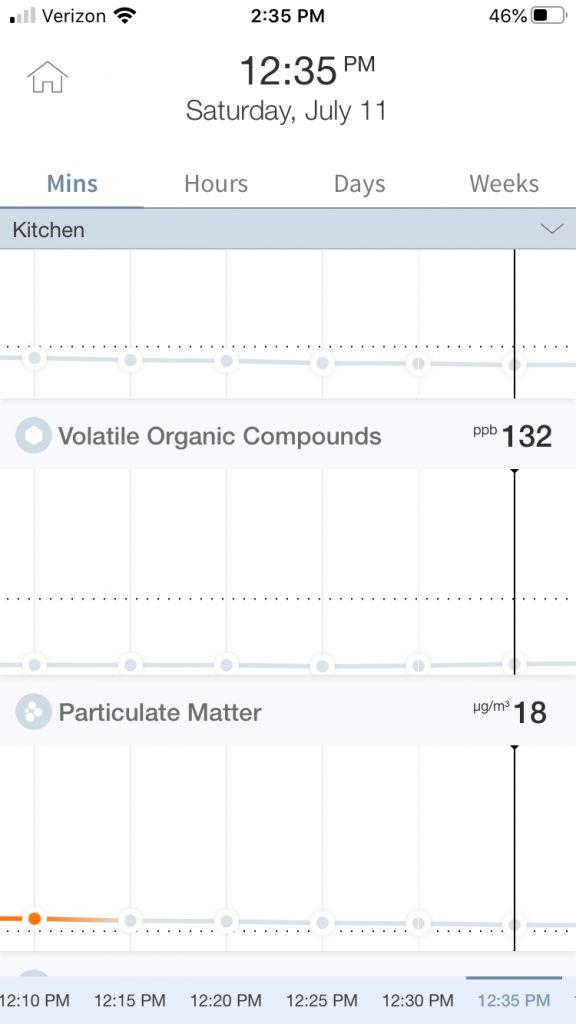
Recent Comments